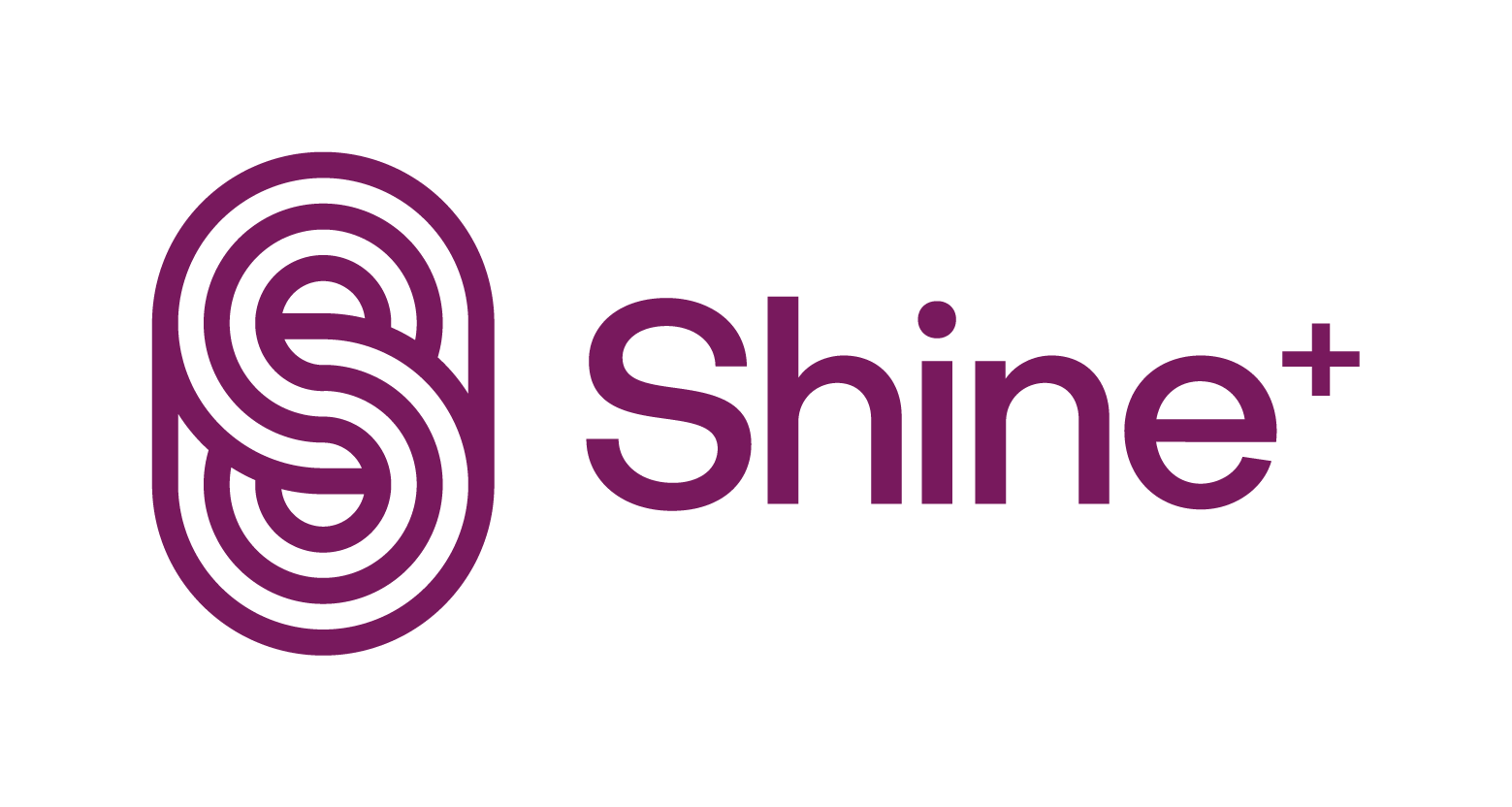Our automatic ways of thinking and interpreting reality are shaped by unconscious patterns established since childhood. Radical responsibility invites us to step back and witness our thoughts about a given situation, recognizing that these thoughts are merely one of the many possible interpretations. Creating a buffer between the facts and our interpretations allows us to give meaning to situations from a place of choice and creativity rather than reactivity and fear.
In today’s fast-paced professional world, a common yet destructive dynamic within teams is the blame game. We often see fingers pointed at others or even inwardly directed at ourselves when things go awry. This tendency to assign fault can obscure constructive solutions and stifle growth.
But what if, instead of diving into blame, we paused? This pause is the essence of radical responsibility. It’s not about taking the blame or rescuing others; it’s about understanding our capacity to respond effectively. Responsibility isn’t about burdens or fault; it’s about clarity and action. It’s about recognizing who needs to do what by when and outlining the next steps if things don’t go as planned. It involves straightforward communication and clear expectations.
Conscious Interpretation
Stories create our reality. They impact all of our interactions, as well as our beliefs about ourselves and the world. As our entire way of life – our social and cultural systems and most of our beliefs – are imagined, the ability to recognize and separate what is fact from story: what was imagined and invented by a human vs. what is an objective reality, is a great skill and power.
Like all other species, our biological priorities are to survive and thrive. Thus, our big brains have developed “shortcuts” for information processing that reduces the number of calories expended on understanding and decision making:
1. We access memories of lived experiences and use past data to help us interpret current inputs and make decisions in the present.
2. We use information shared with us by others to interpret how we should behave (systems, religion, cultural norms, taboos, etc.)
In both cases, the way we access the information is by remembering stories about what happened or what we learned because our brains are much better at stringing together data in narrative form (whether visually or with language) than in lists of unconnected information.
Most interpretation is unconscious.
Our minds take in information and we think automatically, effectively “downloading” in a compulsive, repetitive way. When we are unconscious of this process, we tend to believe our thoughts and often struggle to see other people’s perspectives or novel solutions to perceived challenges.
Conscious interpretation requires stepping back and witnessing the thoughts you have about a given situation or input and recognizing that it is only one of the limitless possible interpretations. When you are able to create a buffer between the fact and the interpretation, you can then give meaning to the situation from a place of choice and creativity rather than reactivity and fear.

Once you can see and accept that possibilities are limitless, you then have the opportunity to choose which direction to take. You can also recognize that you are 100% responsible for how you respond to whatever else happens on that path because you are the creator of meaning.
Recognizing our agency in what we can control and taking ownership of our decisions is fundamental. This means understanding our limiting beliefs and the patterns that keep us stuck. By stepping into 100% responsibility, we can create our lives powerfully. This is the essence of leading ourselves and others with integrity and clarity.
We all have different patterns and “ego tricks” that keep us from taking full responsibility or have us taking more than 100% responsibility. This exercise will help you to identify one of your major patterns.
The Stories we tell ourselves
A critical aspect of radical responsibility is distinguishing between reality and the stories we tell about ourselves and others. Our interpretations and judgments about facts can lead us in unhelpful directions. By stepping back and witnessing our thoughts, we can create a buffer between facts and interpretations, allowing us to respond creatively rather than react out of fear.
Judgment is natural, but we must ask ourselves how strong our judgments are in defining our reality, how accurate they are, and how conscious we are of our interpretations. A scarcity mindset can limit our perception of possibilities, while radical responsibility encourages us to see abundance and potential.
Perfectionism and Overcontrol
Perfectionism can lead to spending excessive time and energy trying to reach an unattainable standard, ultimately achieving less in more time and preventing us from taking necessary risks. Similarly, overcontrolling situations and people drains our energy and stifles others’ growth. Often, this stems from a belief that we are the only ones capable of doing something or that others are not as committed or understanding.
The drama
When we become the Hero of the story, we step in to take control when it’s not our responsibility and even if this can provide temporary relief for others, ultimately hinders their growth and does not provide a real solution.
Radical responsibility involves setting clear boundaries and allowing others to learn and grow independently.
On the other hand, the negative stories we tell ourselves about our situations can also lead to a victim mindset. By embracing radical responsibility we allow ourselves to feel empowered over our actions and decisions, while managing our energy and focusing on what matters most.
Candor and Clarity
Are we 100% clear about our goals and standards when collaborating with others? Implementing radical responsibility involves consciously deciding on our actions and have clarity in our communication with others. This allows to lead while leaving to others what we’re not meant to be responsible for.
Commitment and Overburden
Taking on too much responsibility can lead to burnout. Radical responsibility involves evaluating our commitments and ensuring they align with our capacity and energy levels. It’s about balancing responsibility with self-care.
It involves recognizing when we are overcommitting and adjusting accordingly.


